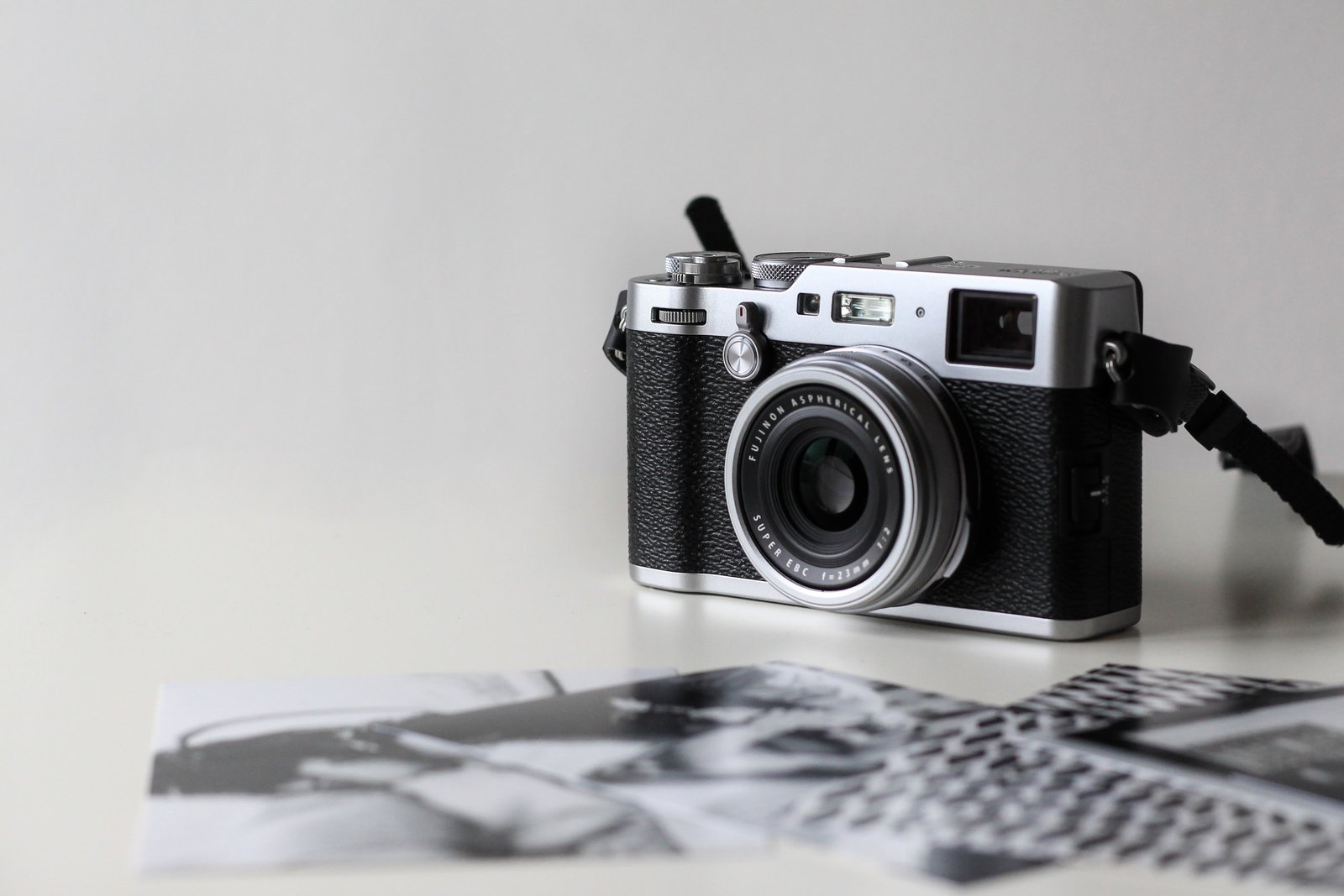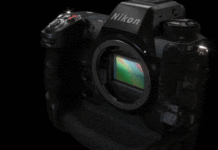Table of Contents
In the following step-by-step guide, we’ll outline the highlights and limitations of each type of camera to give you the full picture in a few short paragraphs. We’ll also recommend our favorite camera model in that genre. So once you’ve landed on the right type of camera, you’ll have a shortcut to the top option.
We’ll start with the basics and work up through more advanced cameras, ending with gear that’s fit for professionals. So whether you’re wondering which format best suits your style of photography, or trying to decide between two specific camera categories, this guide should help you make the right choice.
One other factor to bear in mind when perusing this guide is that Black Friday 2021 is fast approaching, which means we’ll start to see some offers on many of the cameras on this page very soon.
1. Should I stick with my smartphone?
It’s no secret that smartphone photography has come on leaps and bounds in the last decade. The best smartphones in 2021 can capture images as well as any regular point-and-shoot, plus their connectivity means it’s easy to share your snaps straight to social media.
The top mobile options now ship with multiple lenses to suit all sorts of shooting scenarios. The iPhone 13 Pro, for example, features three lenses, each dedicated to a different scene: besides the main sensor, there’s an ultra-wide and a telephoto lens. This means you get a lot of versatility from a device that can still slip easily into your pocket.
What’s more, the best smartphones today deploy AI smarts to help enhance your images automatically, whether that’s portrait modes for shooting sharp profiles or night settings that allow you to capture sharp, bright shots after dark. Certain flagship smartphones also offer a degree of manual control, such as Samsung’s Pro Mode.
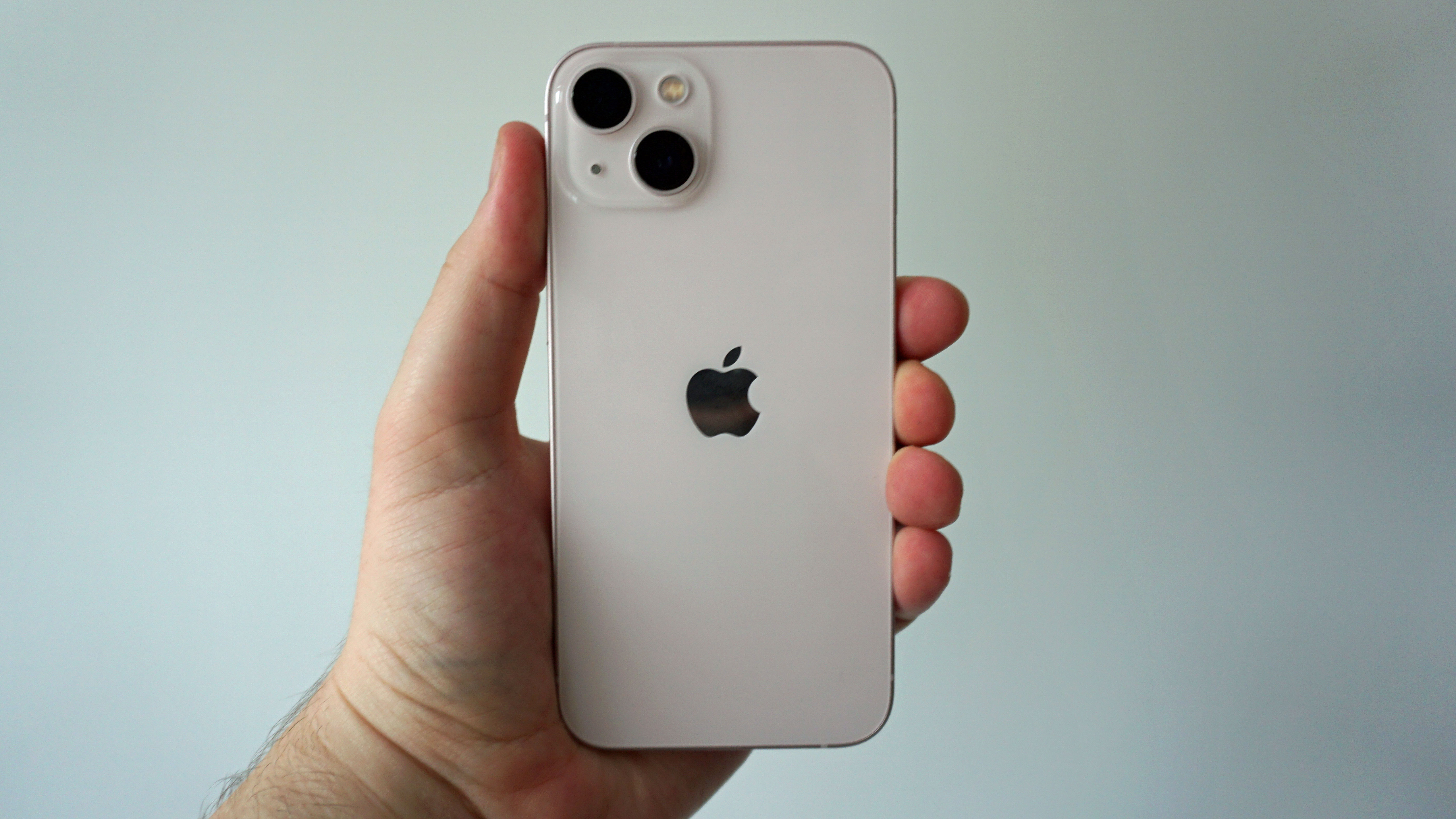
Smartphones also make it incredibly easy to edit and share images, thanks to their comprehensive connectivity options and app support. With higher resolutions than ever (the Samsung Galaxy S21 Ultra features a 108MP main sensor, for example) you shouldn’t come up short when shooting images for social media.
So smartphone cameras are more capable than ever. But there are still a few compromises to consider. Smartphone sensors are smaller than what you’ll find on premium compact cameras (and larger formats), which can limit low-light noise performance and ultimate image quality.
And while a few flagship smartphones do now offer optical zoom (the Samsung Galaxy S21 Ultra features 10x zoom on one of its lenses), the range of more affordable smartphones is pretty limited compared to the kind of flexibility offered by travel compacts and dedicated telephoto lenses for DSLR and mirrorless models.
If you’re mainly looking to shoot images for social media, it probably makes sense to stick with your smartphone or upgrade to one with a better array (rather than buying a dedicated camera). You’re most likely to rely on your smartphone for capturing life as it happens, because it’s the tool you’ll almost always have with you.
Pros: It’s the camera you always have to hand, the results can match those from a regular point-and-shoot compact camera, you can share instantly to Facebook, Twitter and Instagram, you can get apps with amazing effects and additional tools and they can be easy to use.
Cons: In many cases you get a fixed focal length lens (though flagship models now often feature more than one lens), smartphones aren’t so easy to hold; limited control over shooting settings.

As the name suggests, everything about the Samsung Galaxy S21 Ultra is impressive, including the camera setup. Despite its stunning, streamlined design, the S21 Ultra features a quartet of rear lenses. Besides the properly powerful 108MP f/1.8 main sensor, there’s a 12MP f/2.2 ultra-wide and – in a bold twist – two telephoto cameras.
Both are 10MP, but one has an f/2.4 aperture and 3x zoom, while the other has an f/4.9 aperture and a massive 10x optical zoom to get you closer to the action with astounding clarity.
The results are as impressive as the specs: stills are sharp with good dynamic range. Non-zoomed shots aren’t always as good as the best rivals, but a wealth of modes – including Director’s View (which allows you to shoot footage with the front and rear cameras simultaneously) and an improved night mode for finely tuned photos after dark – together with a capable 40MP front-facing camera, make the S21 Ultra a powerhouse for smartphone photographers.
2. Should you get an action cam?
If your aim is to capture life’s adventures on video, you might want to look at an action camera instead of a standard compact or smartphone.
Built tough enough to withstand drops, dust and dunkings, the best action cams are rugged but simple to use. Most come with mounts that allow you to attach them to all sorts of things, from handlebars and helmets to car dashboards and even your pets. Whatever you choose to use it for, a good action cam should help you capture footage in conditions that would destroy normal cameras.
Most action cams can shoot good-quality 4K video through a fixed focal length wide-angle lens. Many are completely waterproof, but some still ship with a separate waterproof housing for going deeper beneath the waves. The best action cams are small and light enough to not get in the way, straightforward to operate and sturdily built.
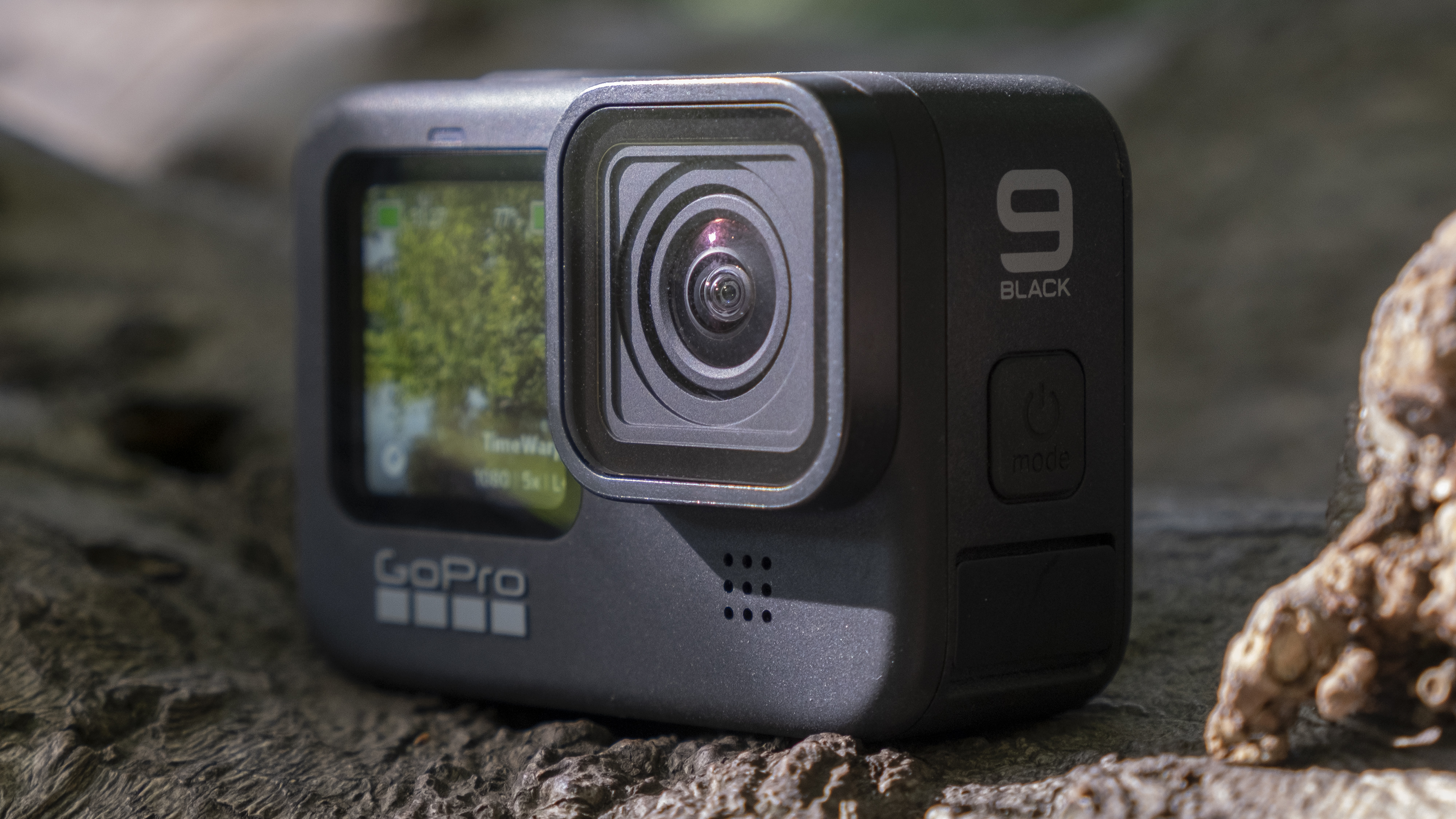
GoPro is the biggest name in action cameras and its regularly updated range of Hero models epitomizes everything that’s great about the format. They’re made to survive some pretty extreme conditions, yet their touchscreen and button interfaces mean they’re easy to control.
GoPro cameras can also capture high-resolution video, with class-leading image stabilization to keep fast-paced footage smooth and steady. Plus they feature a range of presets and modes for cinematic creativity, as well as excellent connectivity options for easy editing and uploading.
While GoPro is the most popular action cam brand, it’s not alone in the market. From affordable cams that you won’t be afraid to put through the ringer, to flagship recorders from companies like Sony and DJI, there are plenty of action cam options. Some are bullet-shaped for a better helmet fit, while others are modular, meaning you can switch to different sensor or accessory setups as the situation requires.
Extreme sports enthusiasts naturally gravitate towards action cams for capturing their adventurous pursuits, but they have plenty of other uses. Action cameras are often favored by vloggers, for example, because of their portability, flexibility, and ease of use.
They can also be used to shoot in-car footage like a dashcam, or attached to just about anything. The best bit? Unlike a compact camera or smartphone, wherever you stick an action cam, you shouldn’t have to worry about knocks, shocks, or rain showers.
Pros: Cheap, tough and simple, surprisingly good 4K movie quality in most cases, you can mount them on practically anything.
Cons: Fixed wide-angle lenses mean there’s no zoom capability, while there’s little control over exposure. Still photos are snapshot quality only.
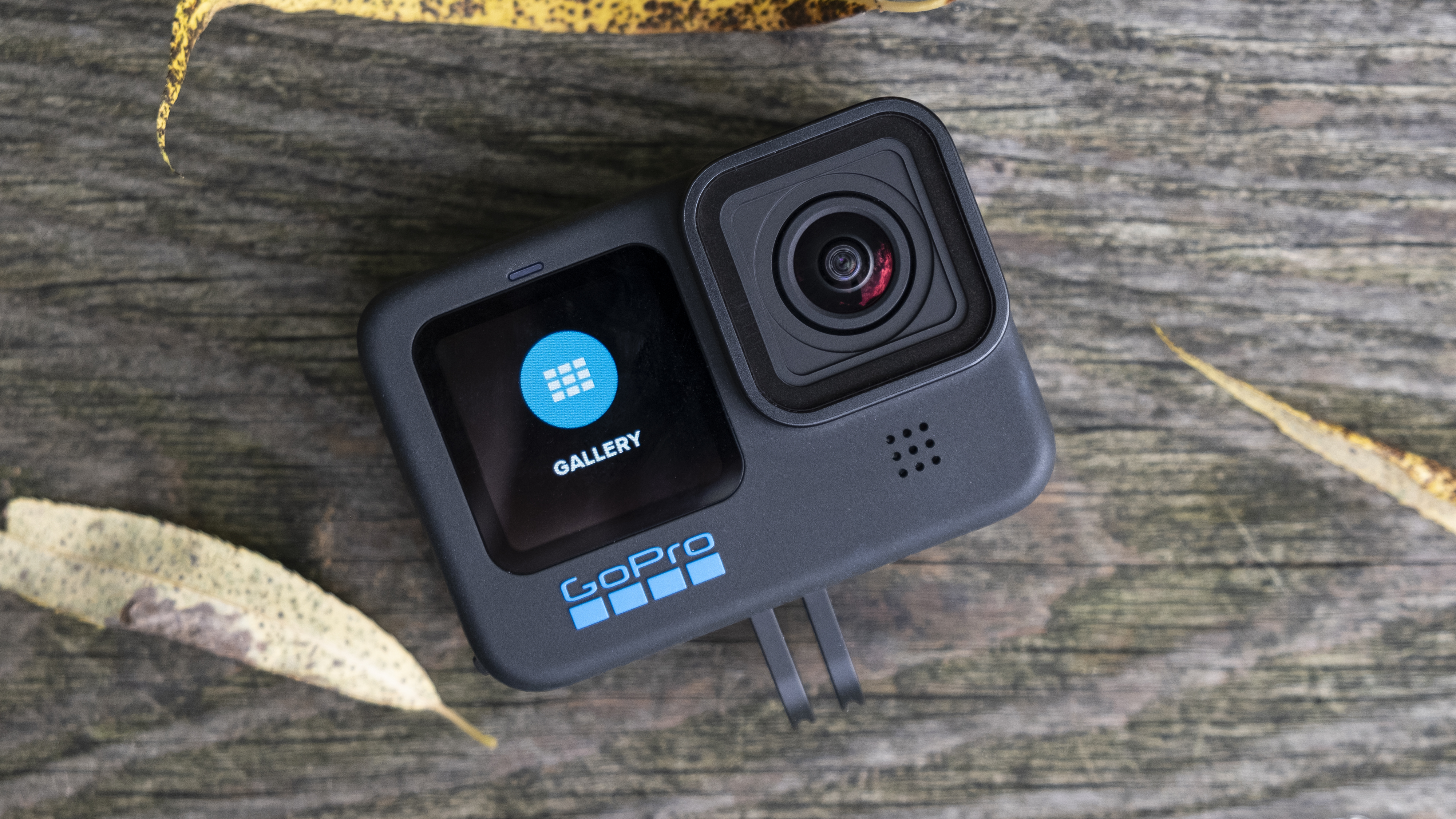
GoPro has long been the brand to beat in the action cam arena and the Hero 10 Black only cements its position. Featuring the same small sensor, screens, and shell as the GoPro Hero 9 Black before it, the Hero 10 Black offers a more refined experience than its predecessor. It features a snappy touchscreen interface and menu system, accompanied by that handy front screen for framing.
Beneath its rugged exterior, a GP2 processor ensures polished performance: it can shoot 5K at frame rates of up to 60p, as well as slick 4K slow-mo at 120fps.
Stabilization is stellar as well, with HyperSmooth 4.0 backed up by horizon leveling, which can keep footage steady even if you tilt to angles of 45 degrees. Live-streaming of 1080p video is still subject to some limitations (YouTubers need at least 1,000 subscribers),
but the ability to stream with HyperSmooth 4.0 enabled means viewers should get a steadier show. Add a hydrophobic lens cover to its established endurance skills and the GoPro Hero 10 Black becomes the clear winner if you need top-notch video in tricky conditions – even if budget rivals offer better value.
3. Should you buy a travel zoom compact?
Looking to get closer to the action while you travel? Travel zoom compact cameras combine the portability and simplicity of a point-and-shoot with a much longer zoom range that’s capable of capturing a wider range of subjects.
With the rise of smartphone photography, cheap point-and-shoot cameras have declined in popularity. But one area where smartphones still fall behind is optical zoom: even the best flagships are limited to 3-5x zoom, while most rely on electronic trickery to digitally crop in on faraway subjects. Long-zoom travel compacts seize this as they main advantage, offering a much, much longer optical zoom range – typically up to 30x.
The idea is simple: you still get a pocketable camera that’s straightforward to use, but the huge telescopic zoom range means you can photograph practically anything you encounter on your travels – from beautiful landscapes to distant landmarks. And because the zoom is optical rather than digital, there’s far less degradation in quality (especially as the quality of compact lenses has improved).
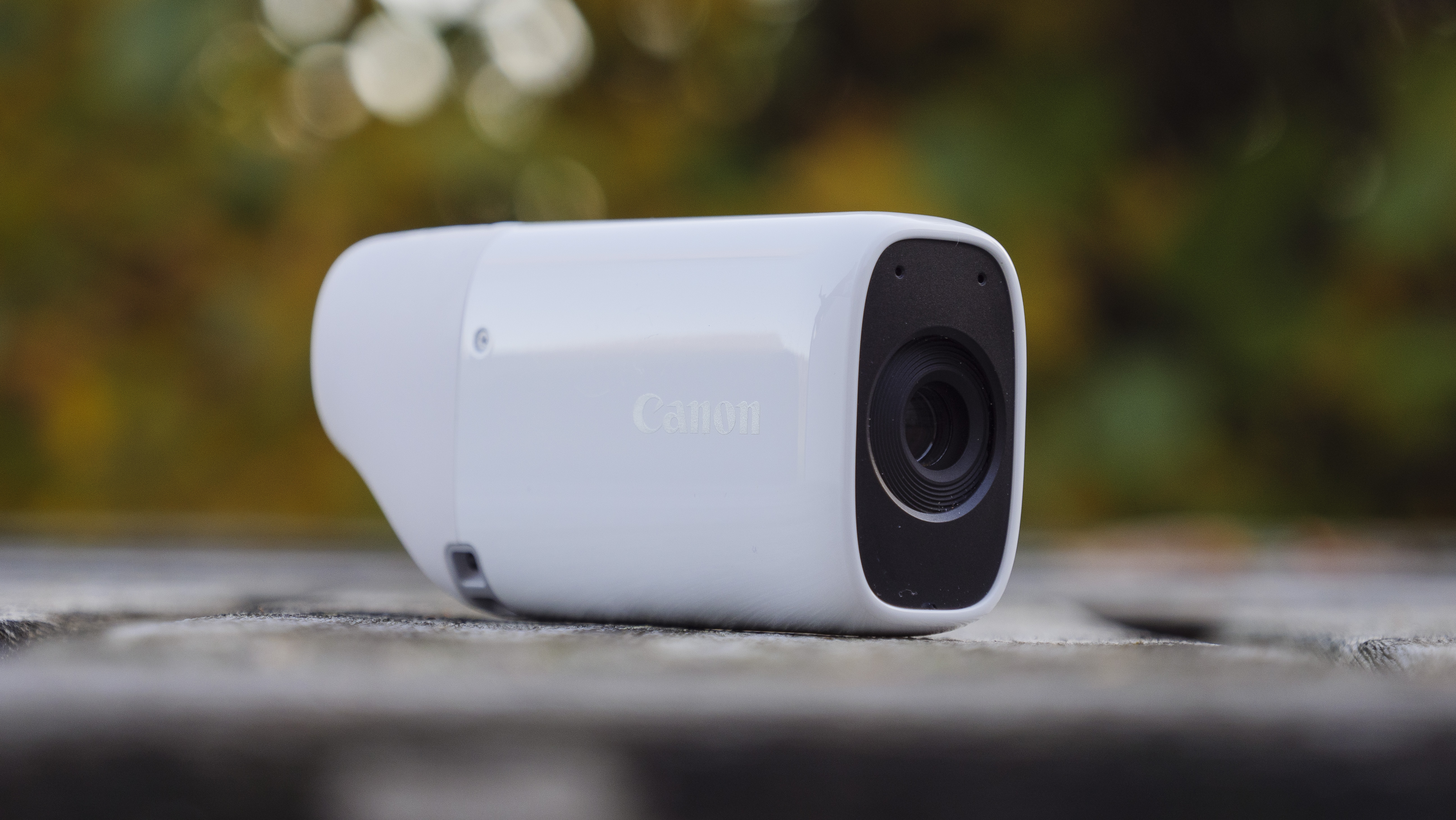
Because travel compacts prize portability, you’ll still encounter some of the same compromises found in a standard compact. Sensor size, for example, is relatively small, meaning low-light performance usually can’t come close to matching a mirrorless or DSLR model. The flip side is that you get long-zoom versatility without needing to stick a bulky telephoto lens barrel in your backpack.
The best travel zoom compacts do now utilize larger 1-inch sensors, including the Panasonic Lumix Z100 (labeled the Lumix TZ100 outside the US) which is our top pick below. This means improved image quality and performance, without sacrificing that all-important portability. Some also offer more advanced manual control options (such as shutter speed and lens aperture control), while the top options (including the TZ100 / ZS100) also feature built-in electronic viewfinders.
While smartphones might have sounded the death-knell for affordable point-and-shoot compacts, travel zoom cameras continue to offer a useful combination of portability and versatility. If you want a camera that’s small enough to go in a pocket, yet flexible enough to shoot a whole range of scenarios, they are well worth a look. After all, you don’t want to miss any once-in-a-lifetime photo moments.
Pros: Massive zoom range that copes with almost any kind of subject; quality generally slightly higher than a point-and-shoot compact; may have more advanced controls.
Cons: More expensive; still uses a small sensor (with some exceptions) which limits the ultimate picture quality, especially in low-light conditions.

It might not have the longest zoom range for a travel compact camera, but Panasonic’s Lumix ZS200 (known as the Lumix TZ200 outside the US) is our pick of the travel compacts. Panasonic has managed to squeeze a much larger sensor into the ZS200 / TZ200 enables the pixels to be about 2.4x bigger than they are in models like the Lumix ZS70 / TZ90 and helps the ZS200 produce much higher quality images.
The 15x zoom ranging from 24-360mm might look limited compared to some rivals, but the optics are decent and for general photography, you shouldn’t need anything more. You also get an electronic viewfinder that makes it easier to compose images in bright sunny conditions and 4K video recording. It all adds up to be powerful, if pricey option.
4. Should you buy a bridge camera in 2021?
Bridge cameras are the original hybrid camera format. As the name suggests, they bridge the gap between accessible compact cameras and more advanced DSLR models.
Bridge cameras generally offer the handling and control style of a classic DSLR camera, with a chunky handgrip and dedicated manual control dials. Yet they also tend to be slightly more portable than DSLR models, thanks to smaller sensors inside. And instead of interchangeable lenses, you get a single fixed lens with the kind of massive zoom range usually associated with a travel camera.
Despite the flexibility of their generous zoom ranges (such as the massive 125x zoom on the Nikon Coolpix P1000), bridge cameras are not without their limitations. In order to deliver these zoom capabilities without adding to the weight or the price tag, many manufacturers use the same 1/2.3-inch sensors found in compact cameras. So although you get the look and feel of a DSLR, you don’t get the same image quality or performance.

There are some exceptions: both Sony and Panasonic have released bridge cameras with much larger 1-inch sensors. These sacrifice some zoom range for the sake of a big step up in image quality. Both the Sony Cyber-shot RX10 IV and Panasonic Lumix FZ2500 (known as the Lumix FZ2000 outside the US) feature 1-inch sensors, while still delivering decent zoom ranges.
Although fewer new bridge cameras have hit shelves in recent years, the format remains relevant for photographers in a clear niche. They’re not pocketable, but they represent an excellent alternative for travelers who’d like the versatility of a wide zoom range, plus the handling of a larger camera, without having to carry around a bag of lenses.
Pros: Massive zoom range; DSLR-style controls and features; versatility and value for money.
Cons: Small sensor size limits the quality (with some key exceptions); detail often quite soft at full zoom; autofocus systems rarely match DSLRs or mirrorless cameras for responsiveness.
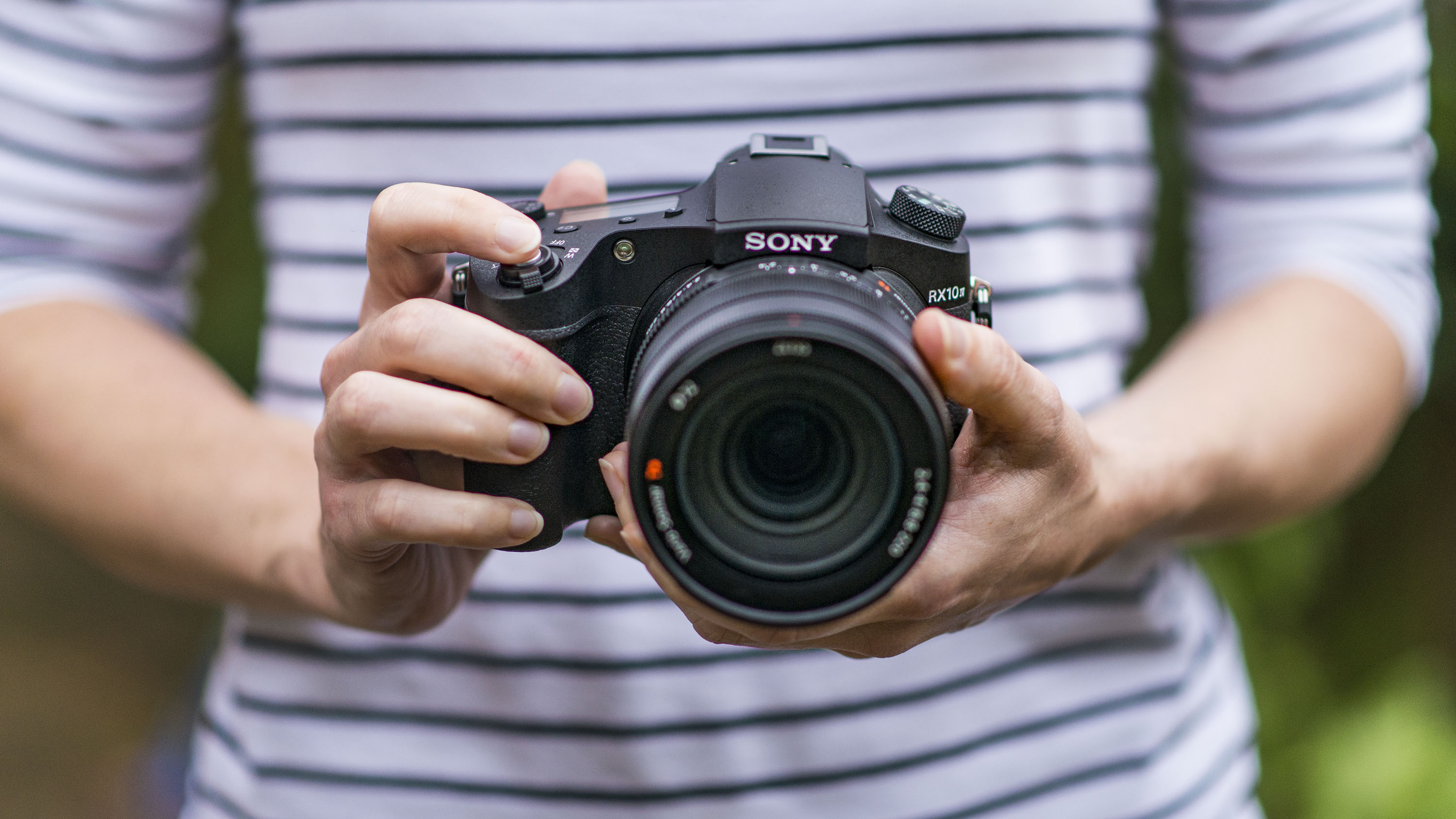
You’ll pay a premium for the RX10 IV’s performance, but when you look at what else is out there for the same price, the RX10 IV is virtually in a league of its own. Featuring a huge 24-600mm f/2.4-4 zoom lens, the RX10 IV builds on the RX10 III with an overhauled AF system that now does justice to the rest of the camera, while the 1-inch, 20.1MP sensor is capable of achieving excellent levels of detail. That’s not forgetting the ability to capture video in 4K and shoot at up to 24fps. Impressive stuff.
5. Should you buy a premium compact camera?
Smartphone photography hasn’t killed off the compact camera. Instead, it’s highlighted the value of high-end compacts: these pocketable premium models offer ‘proper’ photographic performance and image quality to embarrass your mobile, in a physical form that can still slip comfortably into a coat pocket.
A premium compact offers a different route to better images. You’re not paying for a huge zoom range or DSLR-style handling. Instead, spending extranets you a larger sensor, a better lens, enhanced connectivity, and the kind of manual controls usually reserved for more expensive mirrorless models.
High-end compact models are designed for enthusiasts and experts who want a camera that’s small enough to carry around when a regular DSLR or full-frame mirrorless camera would be impractical.
Many photographers choose to own a premium compact alongside a larger interchangeable lens camera. By carrying one in their pocket at all times, they know they’ll always have a capable tool to capture unexpected shots.

Zoom range is rarely special on a premium compact (it’s usually about the same as you’d get from a regular point-and-shoot). Some even opt for a fixed focal length. The pay-off is a bigger sensor that leaves smartphones and standard compacts for dust when it comes to low-light photography and outright image quality (usually aided by a better, wide-aperture lens).
Many premium compacts today use large 1-inch sensors, such as the Panasonic Lumix ZS200 / TZ200 and Canon PowerShot G7 X Mark III. Some find space for a Micro Four Thirds sensor (like the Panasonic Lumix LX100 II) while the very best manage to squeeze in an APS-C sensor, which is the same size as you’ll find in many mirrorless and DSLR cameras. Which is one of the reasons why the Fujifilm X100V is our favorite premium compact for those who can afford it.
Pros: DSLR features and DSLR-approaching quality in a pocket-sized camera.
Cons: Even the cheapest aren’t cheap, and the most expensive really are expensive; you can’t change lenses.

